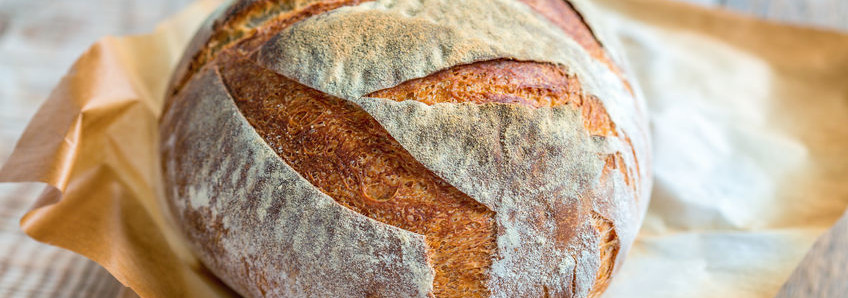
- Artisan bread is high in demand
- Sourdough is ideal for clean label
- The fermentation process allows for a lot of creativity and uniqueness.
While sourdough may be a hop topic right now, the process is old and wide-spread. It exists around the world, and variations and twists are practically endless.
Sourdough bread is all about chemistry!
The key to sourdough is the fermentation, and the key to fermentation is chemistry!
- Sour: Inside sourdough, the microorganisms will feed on the flour to produce alcohol and acids. The lactic and acetic acids are what gives sourdough bread its sour.
- Flavor: The alcohol, and other fermentative by-products are what produces its distinctive flavors. After several days of feeding and fermenting, the sourdough is ready to be used. We call this the “mother dough.”
- Extensibility: During fermentation of sourdough, the rheology of the dough becomes more extensible. Over fermented sourdough becomes very slack. This is due to the reductive compounds (glutathione) being accumulated. These reductive compounds act like dough-reducing agents to improve pan flow.
What are some ways you can get creative?
There are as many sourdough breads and products as there are the people who make it. Every sourdough is unique due to the flour, microorganism, the temperatures, other ingredients or parameters that are used.
Some bakers have used raisin juice, grated apple, yogurt, honey, and water in which oranges were soaked, etc. In addition, the environment where it is made, will contain particular airborne micro-organisms. These, in combination with different fermentation temperatures, will deliver distinctive flavors.
Some recipes contain more water. Therefore, they are more runny in consistency. Depending on the type of flour that is used, the color will vary from a white to yellow, or creamy to brown.

